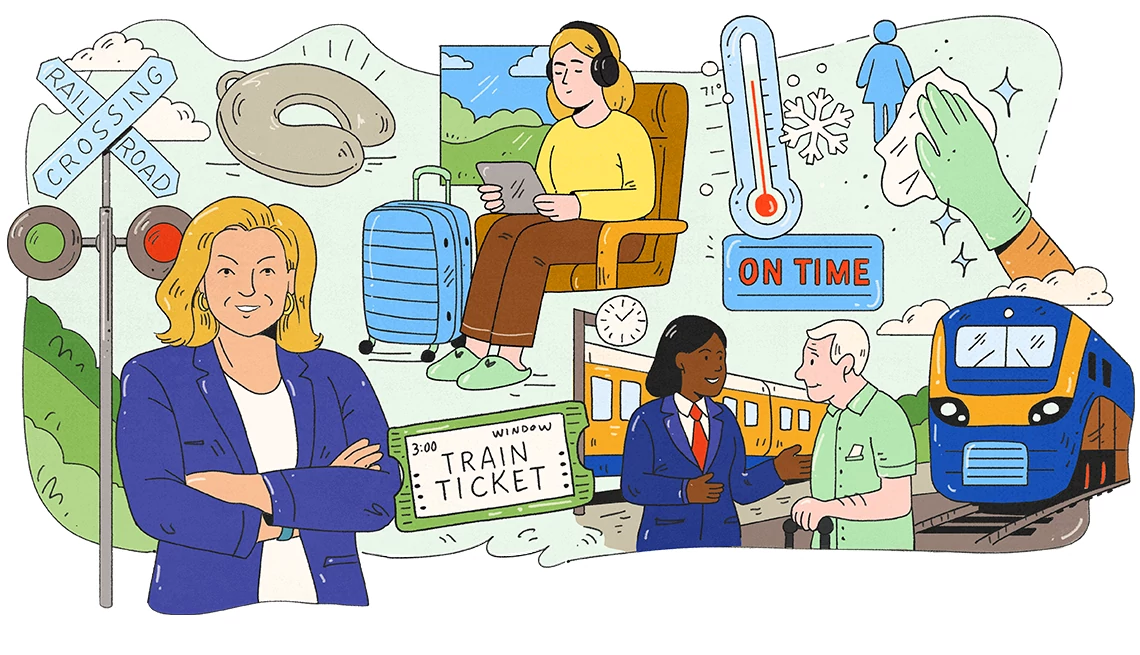New findings reveal alarming gaps in consumer security habits and awareness, leaving Americans vulnerable to evolving fraud tactics
WASHINGTON – A new report from the AARP Fraud Watch Network underscores the growing concern of fraud among American consumers, as criminals continue to take advantage of widespread security vulnerabilities. The study examines emerging fraud trends and outlines essential protective measures consumers can adopt in an increasingly digital landscape.
According to the report, more than 276 million adults were exposed to cyber threats by downloading unverified apps or taking online quizzes on social media from unreliable sources. Additionally, an estimated 203 million adults have not enabled multifactor authentication across all their online accounts, leaving them more susceptible to hacking and identity theft. Overall, the research stresses the importance of taking small actions to stay protected from major losses.
“Criminals are continuously evolving to target consumers where they are, no matter the device or medium,” said Kathy Stokes, AARP director of fraud prevention programs. “We must collectively work with our friends, family, and neighbors to share what we know about ways to shore up our defenses, and to report when these crimes occur to combat future crimes.”
Additional findings from the report:
- Americans are becoming more fraud-aware: 90% of respondents recognize that anyone can fall victim to fraud, marking a continued shift away from the misconception that scams primarily target older adults.
- False confidence on detecting AI-driven fraud is a concern: More than half of consumers are somewhat or very confident they could detect a fraud attempt involving AI; by its nature, AI is capable of making fraud attempts imperceptible.
- Password security remains weak: Three in five (64%) adults do not use distinctively unique passwords for all their online accounts, making them easier targets for cybercriminals.
- 35% of respondents use their social media account to log in to other platforms. 18–49-year-olds (48%) are much more likely to do this compared to older adults 50-plus (20%). This practice is risky because if one account is compromised others can easily be hacked as well.
- VPNs are critical to protecting your online data when using public Wi-Fi, however, 64% of adults, both younger and older, don’t use one when utilizing public internet.
AARP is committed to combatting fraud on many levels. In addition to education and supporting victims and their families, AARP is leading an effort to change the narrative on fraud victims. For too long, victims have been blamed for these crimes, rather than the criminals who commit them. This has served to deprioritize fraud as a crime, which has played a role in fraud’s exponential growth. Shifting the focus to the criminals behind these crimes can lead to more reporting to law enforcement and more victims seeking the support they need. Learn more here.
The AARP Fraud Watch Network is a free resource that equips consumers with up-to-date knowledge to spot and avoid scams and connects those targeted by scams with our fraud helpline specialists who provide support and guidance on what to do next. Anyone can call the helpline at 877-908-3360. The Fraud Watch Network also offers free, facilitated peer discussion groups that seek to provide emotional support for those experiencing fraud; and advocates at the federal, state, and local levels to enact policy changes that protect consumers and enforce laws.
###
About AARP
AARP is the nation's largest nonprofit, nonpartisan organization dedicated to empowering people 50 and older to choose how they live as they age. With a nationwide presence, AARP strengthens communities and advocates for what matters most to the more than 100 million Americans 50-plus and their families: health and financial security, and personal fulfillment. AARP also produces the nation's largest-circulation publications: AARP The Magazine and AARP Bulletin. To learn more, visit www.aarp.org/about-aarp/, www.aarp.org/español or follow @AARP, @AARPenEspañol and @AARPadvocates on social media.































































